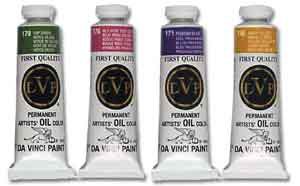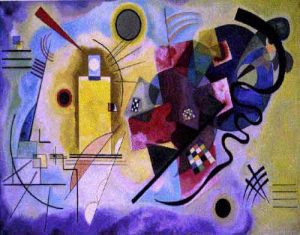WIDE IMAGE 6
 6) Memory Exercise: Kandinsky. As illustrated by the careers of productive people, at some point an interviewer will ask about an early memory from childhood. Mystory may adopt such interviews–the kind of things people want to know about the sources and motivations of creativity–as a guide to identify similar resources in one’s own biography to bring into the wide image matrix. Exercise: read an interview with a creative person of interest, inventory the questions asked, and answer them in your own case.
6) Memory Exercise: Kandinsky. As illustrated by the careers of productive people, at some point an interviewer will ask about an early memory from childhood. Mystory may adopt such interviews–the kind of things people want to know about the sources and motivations of creativity–as a guide to identify similar resources in one’s own biography to bring into the wide image matrix. Exercise: read an interview with a creative person of interest, inventory the questions asked, and answer them in your own case.
In Pictorial Nominalism, Thierry de Duve describes the autobiography of Wassily Kandinsky, one of the inventors of abstract painting, in a way that resonates with the theory of the image of wide scope.

-
-
In Ruckblicke (Reminiscences) Kandinsky relates his memories of several aesthetic experiences that he judges retrospectively to have been crucial and that he endows with all the inner necessity required to have justified his passage to abstraction. […] One is a memory dated from adolescence, which deals with the being and name of color and which Kandinsky describes with a fervent lyricism that gives it the value of a true revelation: “As a thirteen- or fourteen-year-old boy, I gradually saved up enough money to buy myself a paintbox containing oil paints. I can still feel today the sensation I experienced then–or, to put it better, the experience I underwent then–of the paints emerging from the tube. One squeeze of the fingers, and out came these strange beings, one after the other, which one calls colors–exultant, solemn, brooding, dreamy, self-absorbed, deeply serious, with roguish exuberance, with a sigh of release, with a deep sound of mourning, with defiant power and resistance, with submissive suppleness… Living an independent life of their own, with all the necessary qualities for further, autonomous existence, prepared to make way readily, in an instant, for new combinations, to mingle with one another and create an infinite succession of new worlds.” This sentence is pivotal in more than one way. By its position in the book, it acts as a hinge in time allowing two other memories to fold onto one another. The first, an archaic one, is the childhood memory with which the text of Reminiscences opens and that gives to the title all the phantasmatic weight of a “primal scene”: “The first colors to make a powerful impression on me were light juicy green, white, carmine red, black, and yellow ochre. These memories go as far back as the age of three.”
-
